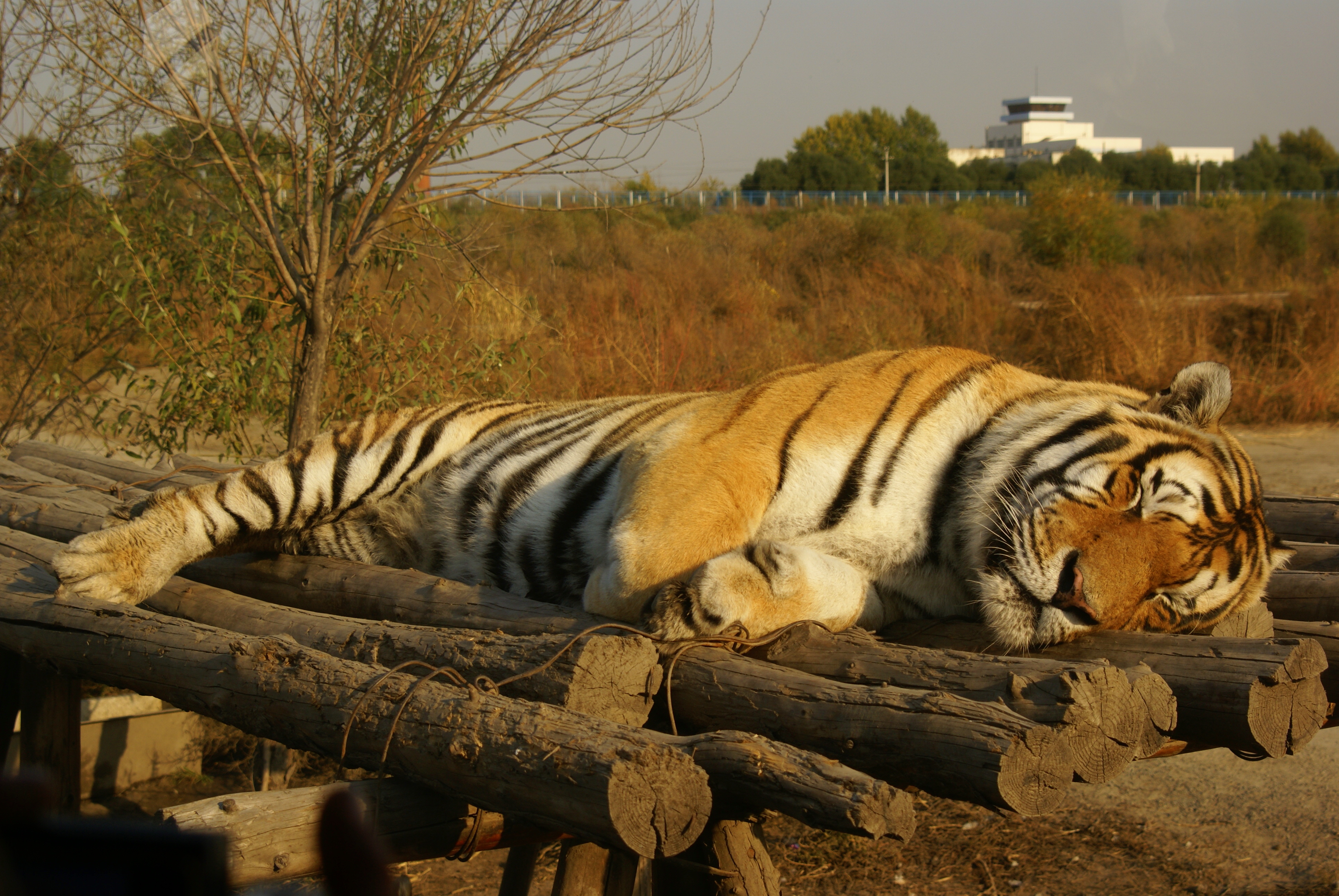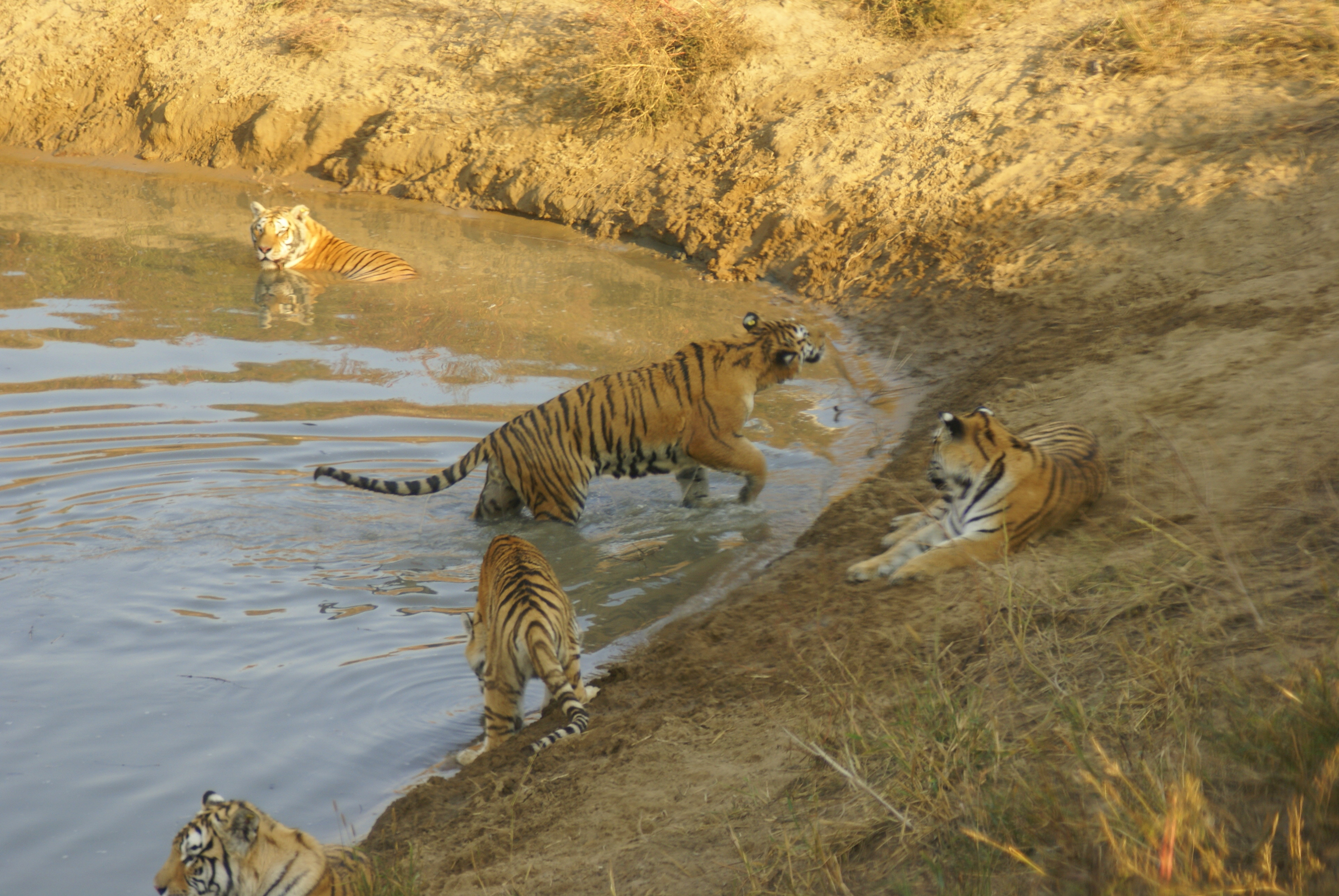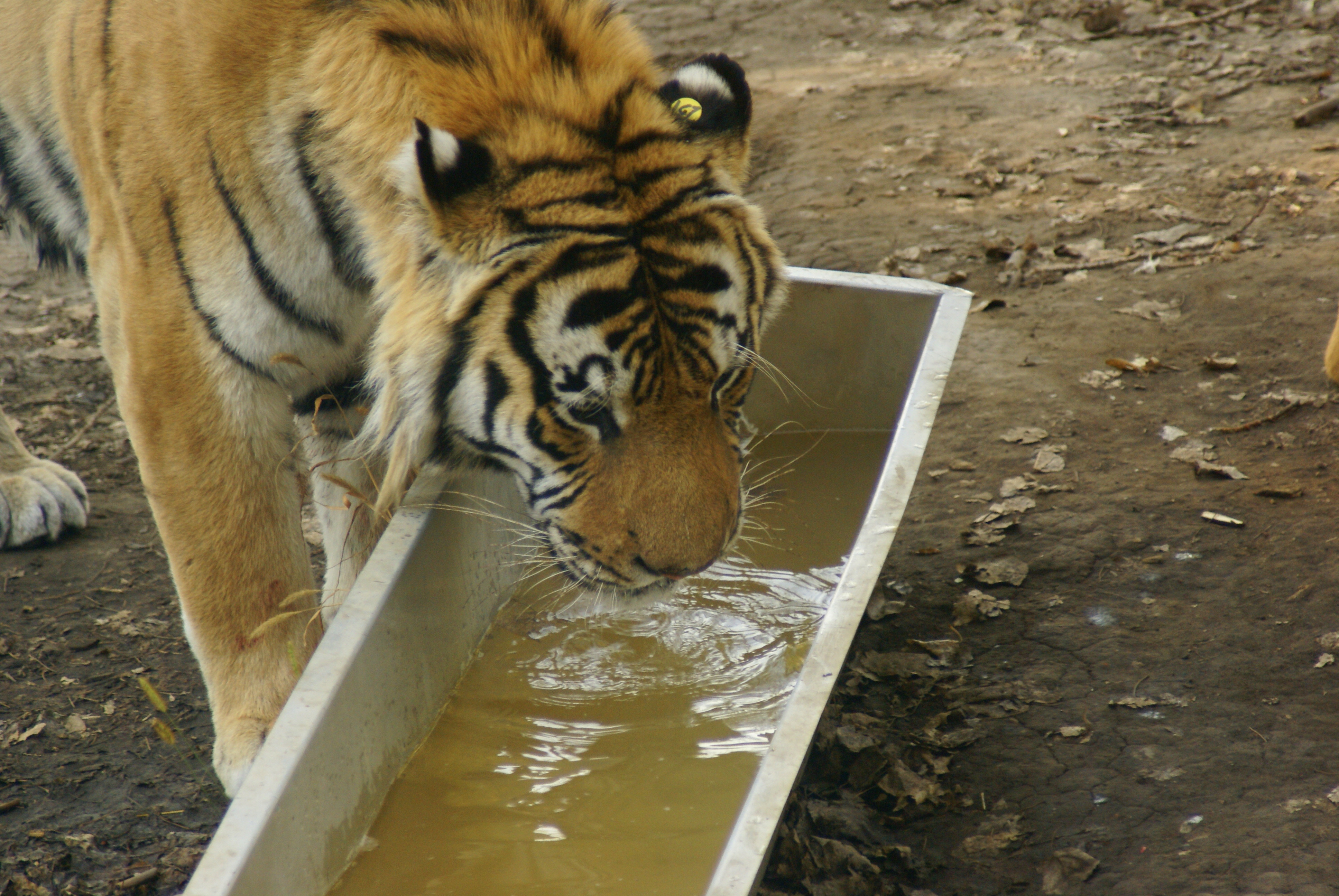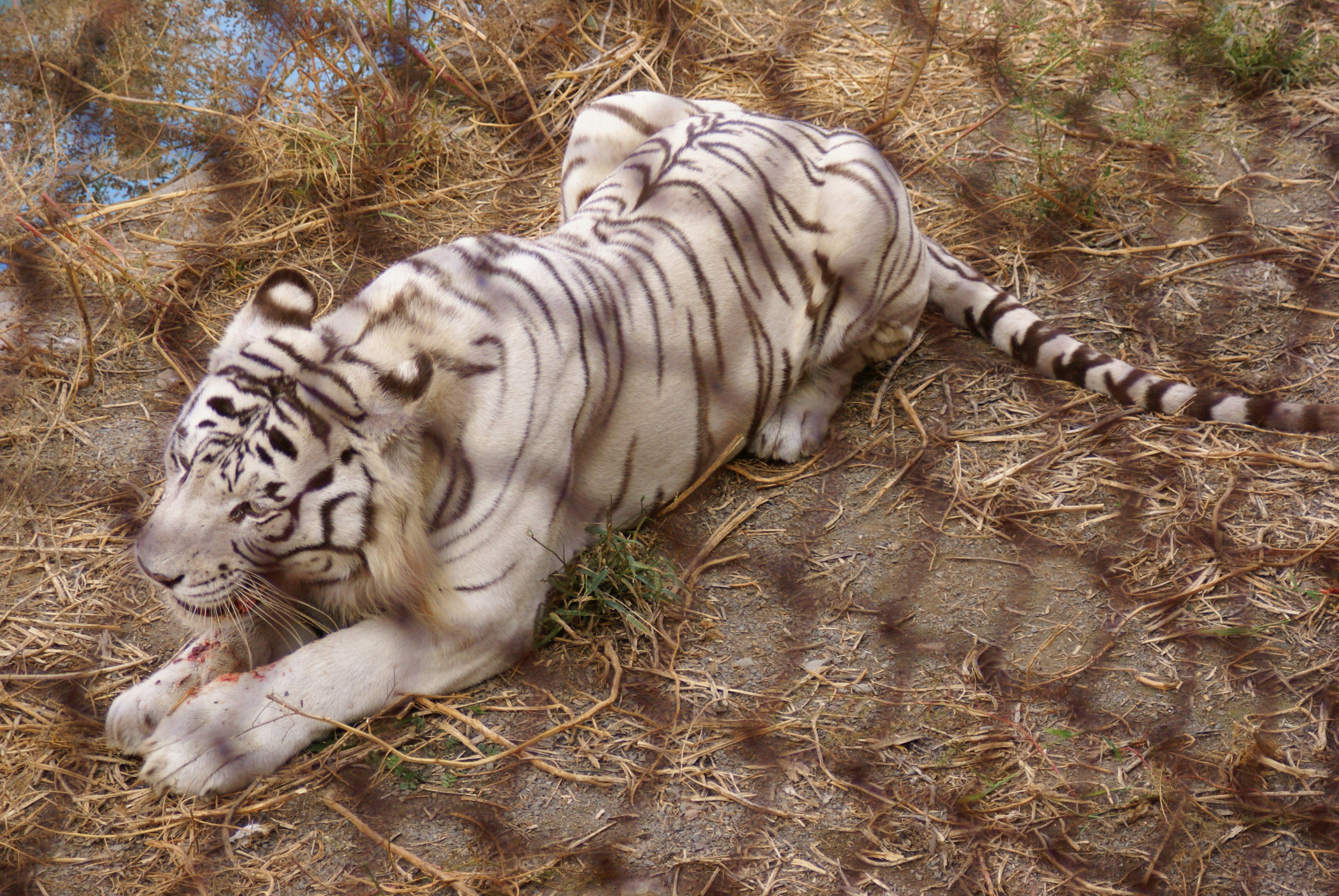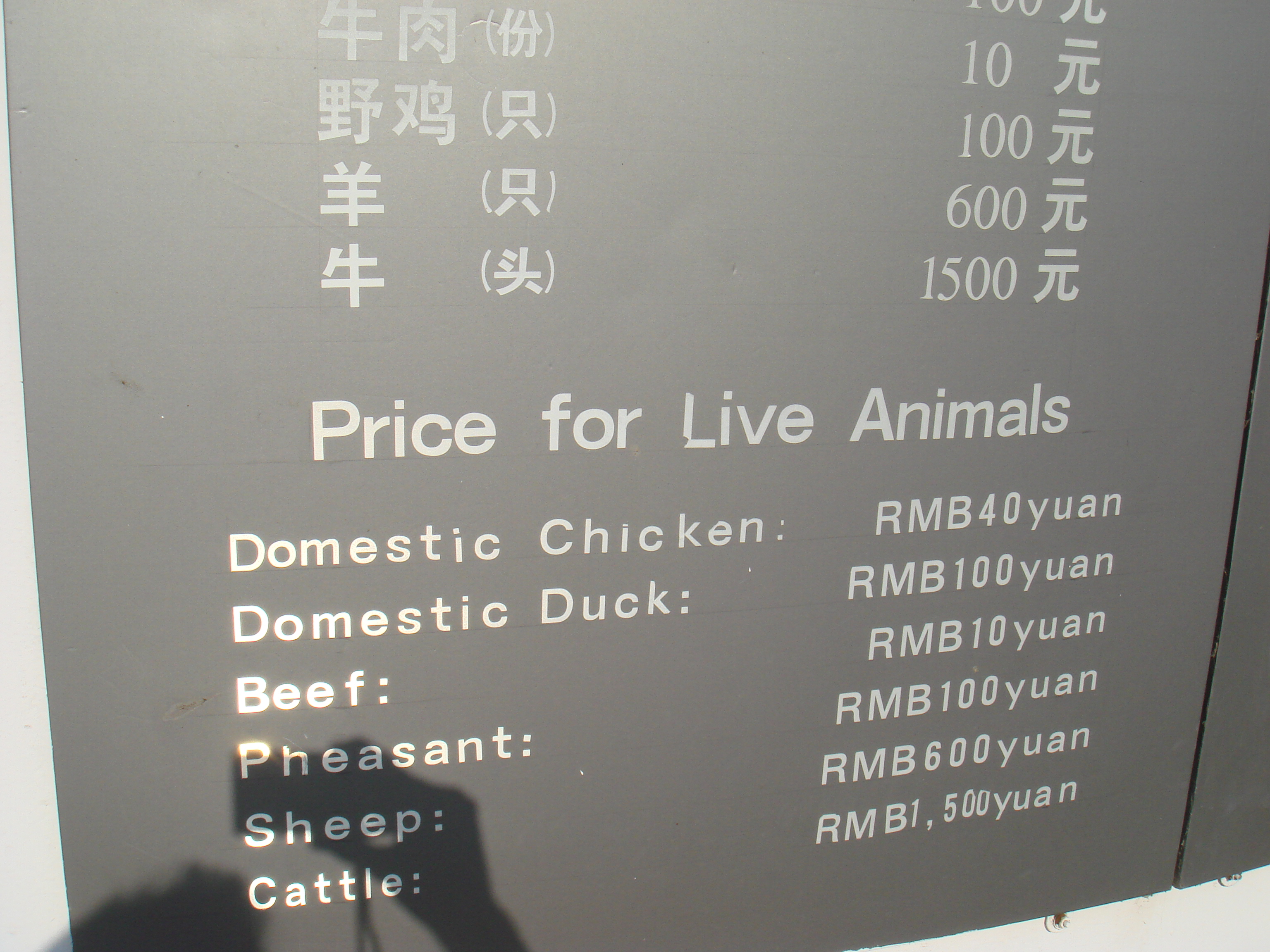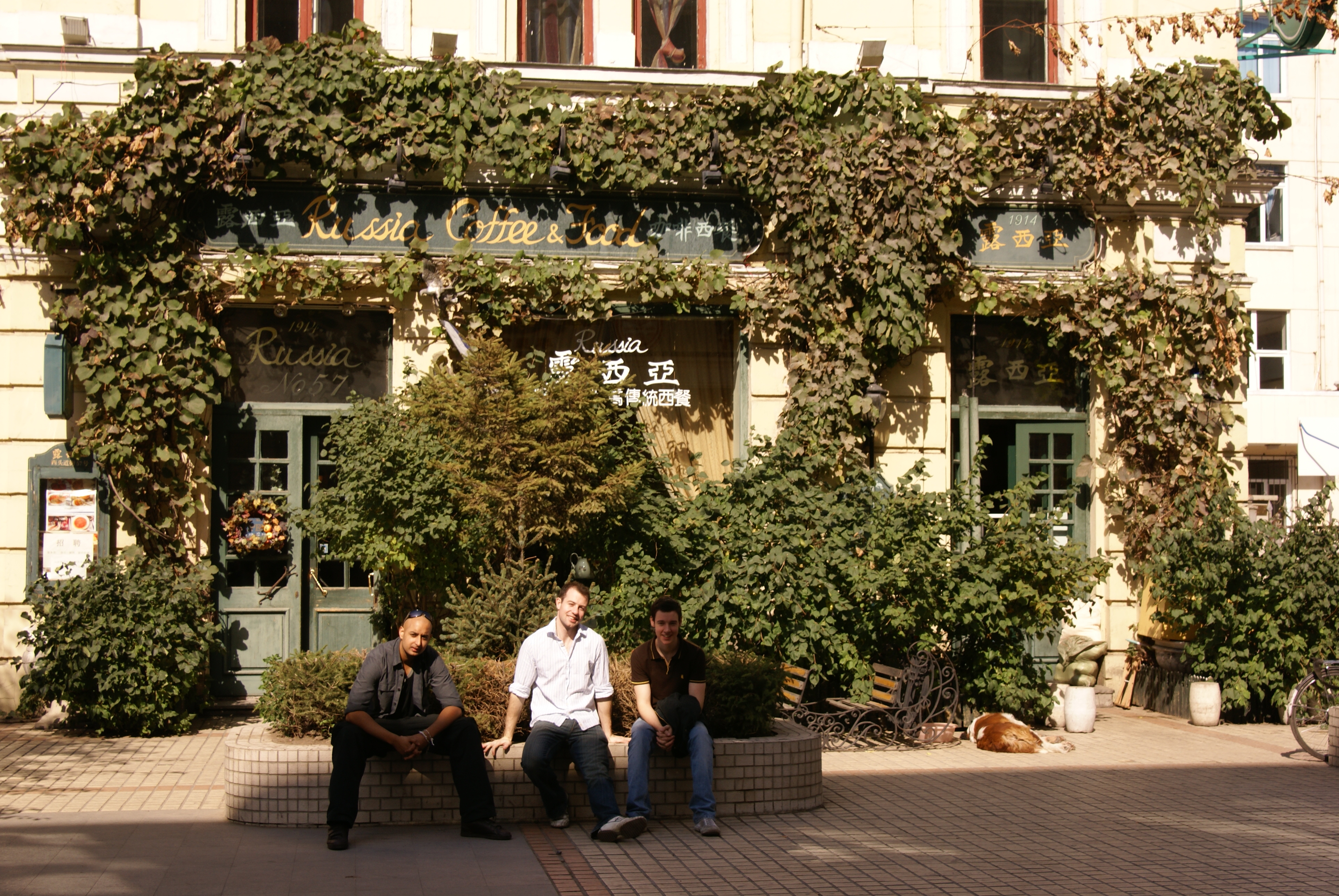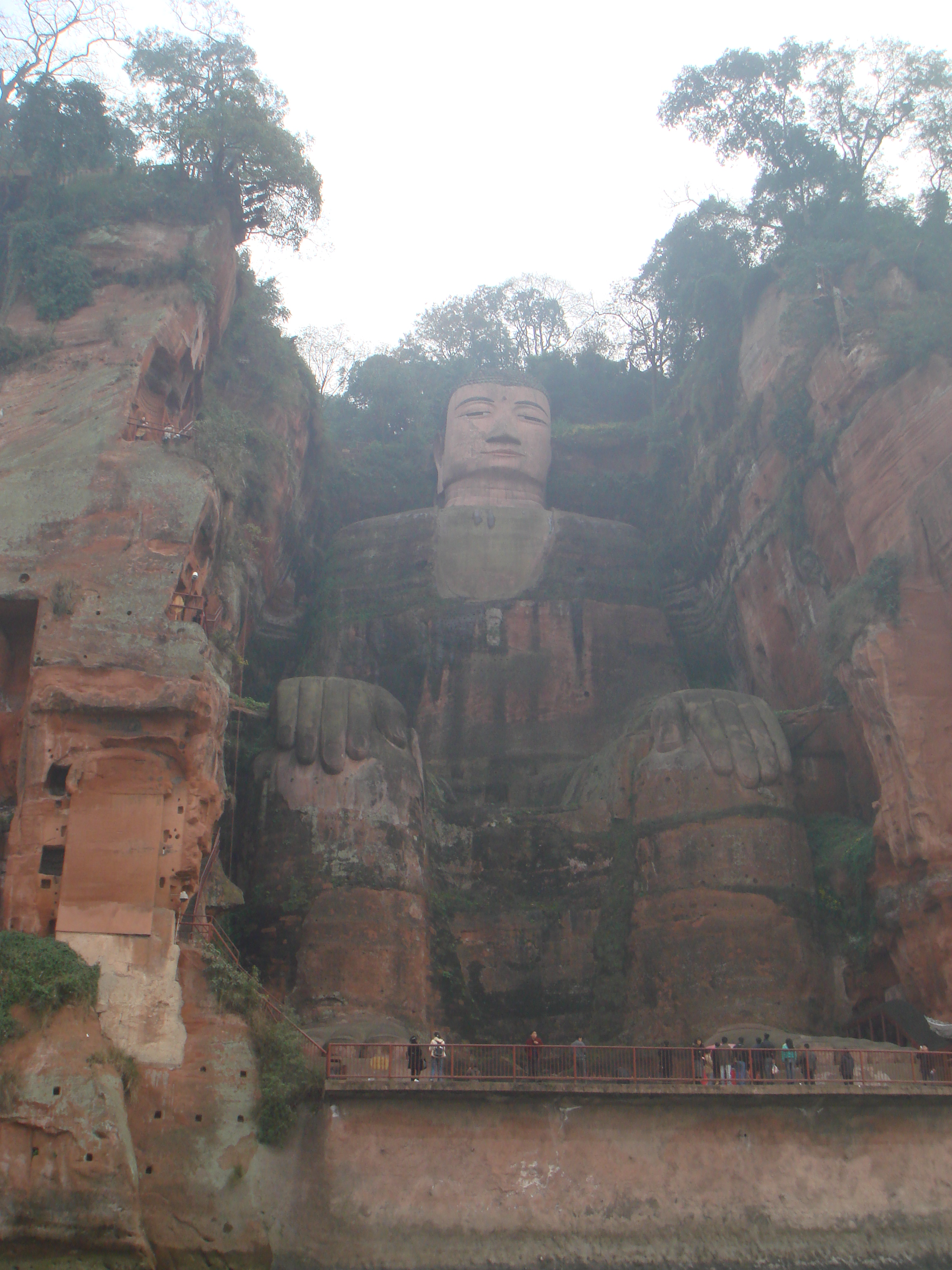Visiting Harbin and the Siberian Tiger Park

Summary
For sure the main reason to go to Harbin is to brave the freezing January winter temperatures and enjoy the word famous ice sculptures, but it’s also worth a day or so outside of the winter period to enjoy the central Daoliqu district’s Russian influence and, in particular, the very unusual Siberian Tiger Park
The Tiger Park itself, like so many things in China, has a good and a bad side. It’s great that the Chinese are approaching the preservation of tigers, and various other large cats who are threatened in the wild, at such a giant scale. To give an idea – there are estimated to only be around 500 Siberian Tigers left in the wild, and the park has 800 in captivity. It’s also great, and should be highlighted more, that the park itself is huge at 250 acres, with many of the tigers free to roam in this area. The downside though is very predictable – the Chinese pay very little attention to animal welfare, so some of the rarer cats are held in far smaller cages and the tigers are fed live animals in a fairly gruesome show for the tourists
Without straying too far down a moral route here and recommending not visiting, I think it’s worth calling out that any visit to China will be littered with examples whereby you find conflicts between Chinese values and non-Chinese values. And this is certainly not restricted to animal welfare
My suggestion is that if you are in the area, do make sure you give yourself half a day in Harbin to see the wonderful brick-lined street of Zhongyan Dajie in the Daoliqu district where you can clearly see the Russian influence, the Sun Island Park that sits within the 2 sides of the city, and half a day for the Tiger Park to see the scale of this Chinese experiment
highlights

#1 Walking through the Russian influenced Daoliqu district

#2 Checking out the hundreds of Siberian Tigers at the Siberian Tiger Park
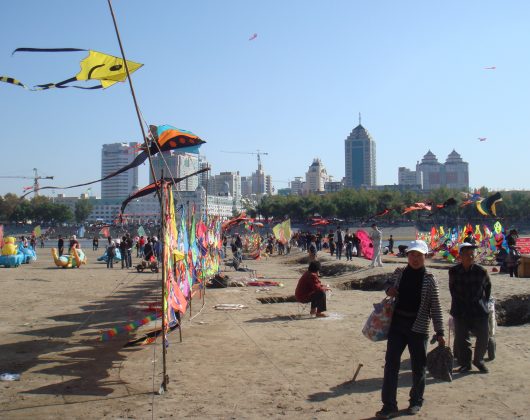
#3 Wandering out into the Sun Island Park that sits within the 2 sides of the city

#4 Taking one of the cars around the Tiger Park to see the tigers out in the open
Some broad tips for travelling in China
- China is vast – both in terms of its sheer land area, population, economy, but also its history and culture. You could spend a lifetime travelling China and still only scrape the surface. Very much like a continent on its own and, in recommending a book to read or movie to watch, it’s a bit like recommending a book to read on “Europe”. However, I did find that the book Wild Swans by Jung Chang, gave me good context on modern Chinese history. The book tells the true story of 3 generations of women living in China from 1909 to modern day and I’d highly recommend
- The Chinese people – it’s often difficult to interact with locals in China – there are certainly strong cultural differences that go deeper than you would experience in most other parts of the world, but the main problem is of course the language. Get out google translate for simultaneous translation. You’ll be surprised how keen the locals will be to speak to you, and just how interesting you may find their stories
- Frustrations – travelling in China can often be difficult . . . scream-out-loud, pull-all-your-hair-out, call everyone a c**t, never-ever-going-back style difficult. The language barrier, the often radically different way of doing things, the combo of an often world leading digital country mixed in with archaically manual processes can all make it feel at times like a challenge rather than a joy. I lived in China for 2 years and experienced a lot of these frustrations. My advice is simply to go with it, its all part of the adventure, and above all don’t lose your temper. Shouting at someone or generally showing frustration will just be viewed by the Chinese as embarrassing and, at worst, a loss of face for them, which means you’ve got very little chance of them helping you. Patience, politeness and a smile will often see them wanting to help you. They’re not trying to be difficult . . . most of the time 🙂
Experiences nearby

The below map shows experiences nearby with a colour that reflect the Overall Score of those experiences
Score Detail
Background - how many times have you asked someone what a travel experience was like and the response was "amazing" or "awesome"? That response is nice to know, but it makes it hard to differentiate that experience compared to others. That is exactly what these scores are trying to do - differentiate the experience by giving a score out of 10 based on 6 categories and then giving an overall experience score
This overall experience score is calculated by: take the highest of the "Culture" or "Nature" score (1-10) + "Fun factor" (1-10) + "Avoiding the crowds" (1-10) + highest of the "Unique" or "World Famous score" (1-10). Then convert into a score out of 100
Extra detail - the logic being that I find all of the 6 individual scores important, but I don't want to mark an experience down just because it doesn't cover both "Culture" and "Nature", or because it isn't both "World Famous" and "Unique". Take the examples of Safari in The Serengeti and walking through Rome - they both appeal at opposite ends of the nature / culture spectrum, and you can have a fantastic time without needing to appeal to both sides. So, their overall scores aren't penalized for their lack of one or the other, and I've done the same for "World Famous" vs "Unique". But . . . I do think that the "Fun factor" of an experience is important, irrelevant of other factors, and so is "Avoiding the Crowds" (or where there are crowds that add to the experience). So, both of these scores are standalone


